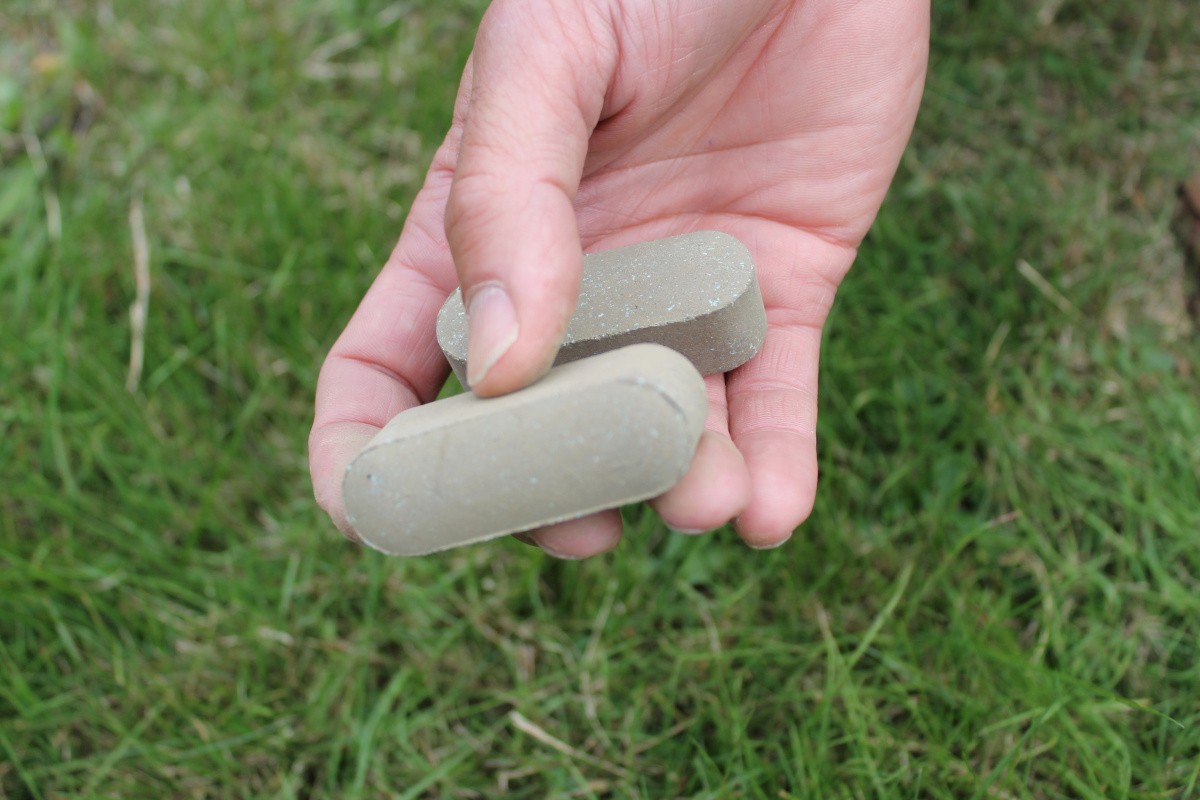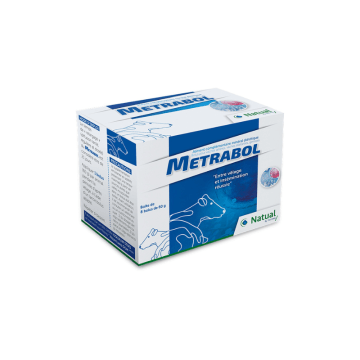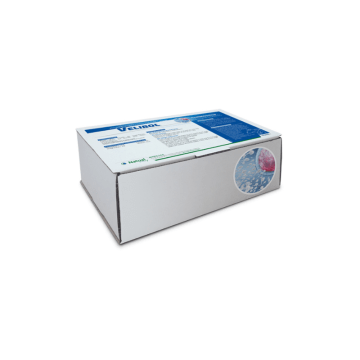The term "ruminal bolus" encompasses very different concepts. Even though they come in all shapes and sizes, most boluses can be used for similar purposes. Their first point in common lies in the ways they can be adjusted to ruminants’ specific anatomy. Here is our experts’ take on this issue.
In what ways are boluses adapted to cattle anatomy?
The bolus is a concept that was invented more than 40 years ago. This format is suited to ruminants’ anatomical specificities (adult and growing cattle, sheep, goats). Ruminants have three pre-stomachs before the true stomach (abomasum), which is similar to the stomachs of non-vertebrate species. These pockets - the rumen, the reticulum and the omasum – enable these animals to digest the fibers of the forages. This combination of three pre-stomachs is similar to a continuous fermentor. The rumen is the pocket in which bacteria grow. This is where the food is broken down chemically and mechanically into small particles. It is worth noting that the rumen is where volatile fatty acids are absorbed (the energetic nutrients produced by rumen bacteria). This compartment acts as a kind of valve which links rumen with the rest of the digestive tract.
Only suspended particles can carry on their way. The omasum can be compared to a filter that only allows the transfer of small particles. It also serves to dry the diet’s digestive content before the ingested compounds reach the "true stomach" to be broken down. The shape of the bolus is therefore designed to the advantage of ruminants’ specific anatomy.
Thanks to their high density, boluses that are given to cattle, sheep and goats "fall" to the bottom of the rumen and stay there for as long as necessary. This fixed position in the digestive tract is convenient because it either ensures regular release of nutrients, or it can also host a fixed sensor.
How have boluses developed?
The first boluses, created in the 70s, were supplying boluses. They are meant to provide an accurate amount of micronutrients through a specific period of time. These boluses usually dissolve over a period of several months. These boluses cover specific periods such as grazing or dry off. In the 1980s, a new kind of bolus, the veterinary bolus, containing anti parasitic molecules, was created. This bolus allows the long-term release of a specific pest control molecule in order to prevent parasite implantation.
In the early 2000s, much research focused on the development of boluses for identification, measurement and communication. The first versions of these technological boluses were designed to simplify animal identification, especially when it comes to small ruminants (sheep, caprine and goats,). Since then, these boluses have been equipped with real-time sensors for temperature, pH or movement. These sensors now make it possible to continually keep track of what goes on in the rumen.
Since 2007, the TECHNA Group has been involved in designing a third type of bolus: the functional boluses. This is a sophisticated version of supplying boluses.
What is a functional bolus for cattle?
Its goal is to support targeted physiological functions of animals through a specific period. These boluses are designed to have a release as long as the animal has to overcome a risk phase or to fulfill specific needs. These specific products include macronutrients and trace elements as well as vitamins. Their uniqueness comes from the fact that the plants and other additive elements that compose them act together to support the animal’s physiological functions through a specific time. These boluses dissolve over a controlled period of time ranging from a few days to two months.
The functional boluses designed by TECHNA are made to support animals in their growth performance, production quality, management of health and parasitic risks.
Today, functional boluses are adapted for adult cattle, adult sheep and goats, and calves. They can also currently be used in specific contexts such as Organic Farming.
What is the manufacturing process for designing boluses for cattle, sheep and goats?
TECHNA boluses are made using the seemingly simple technique of compression in a mold. The bolus is totally homogeneous in all its volume. This technique, which has been validated in vivo and in vitro, ensures controlled disintegration, good bolus retention and easy administration to cattle, sheep and goats. Once it has been administered, the bolus lands in the lower rumen and is submersed in a slightly acidic liquid solution. The dissolving curves are regularly checked during each processing stage in order to ensure irreproachable quality for farmers’ use. Control of the dissolving process is essential in order to fulfill the animals’ specific needs in compliance with current legislation. The bolus is made of selected nutritional elements and of technological additives (binders, copper elements).
Our mastery of bolus manufacturing has been perfected over time due to our long experience in this field. We are now able to propose boluses of all types (bovines, adult and growing bovines, ovines, goats) which can also be used in organic farming. For more information, please contact our experts!



